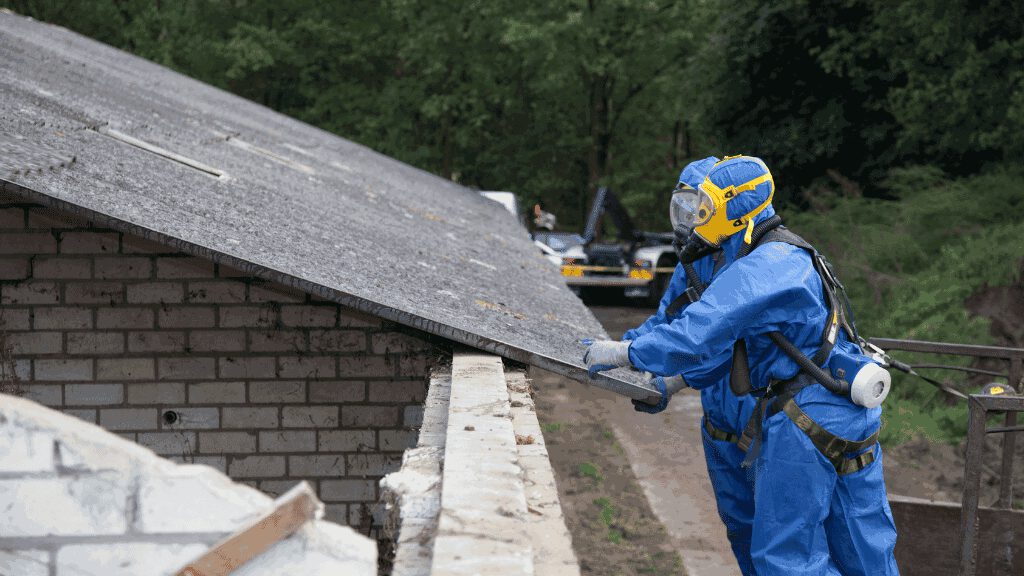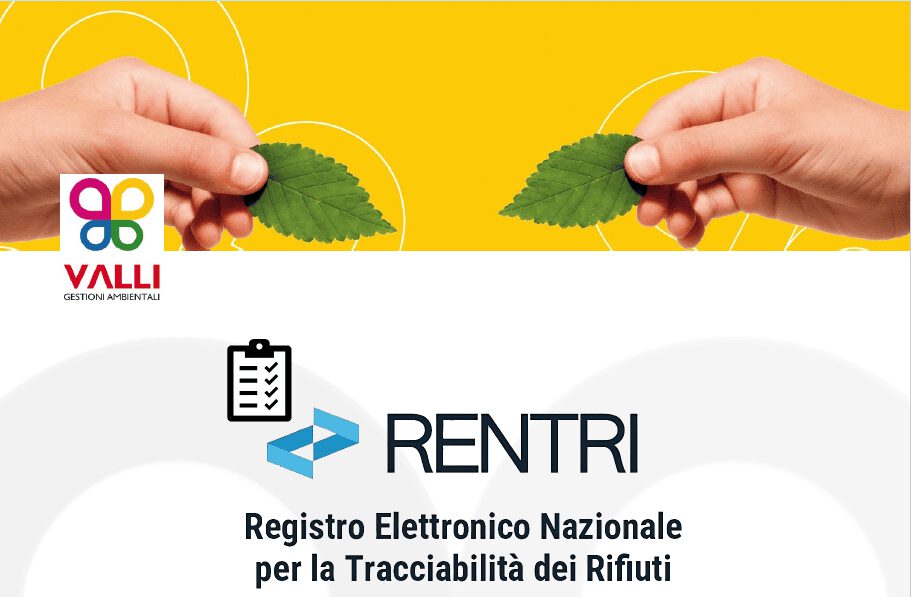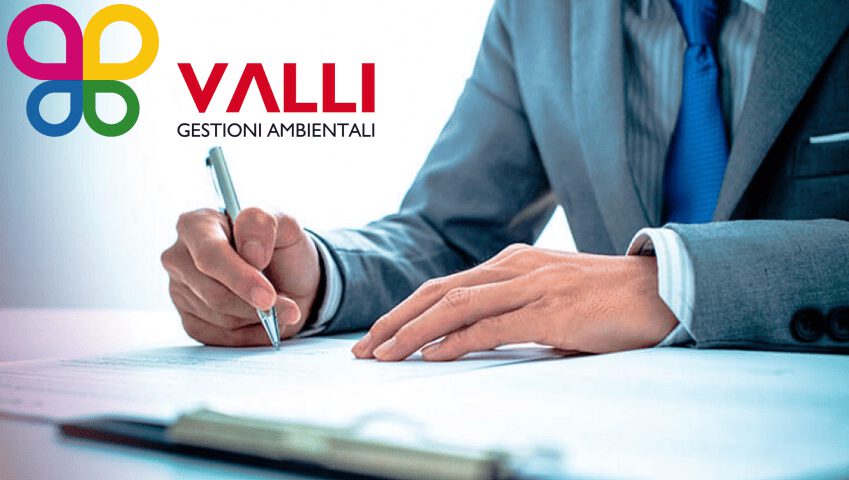Asbestos, once considered a miracle material for its insulating and flame-retardant properties, is now known for its serious health risks.
Its presence in buildings and structures can pose a significant threat to occupants and the surrounding environment. Therefore, its safe and proper removal is essential to protect public health and the environment.
Choosing Valli Gestioni Ambientali for asbestos removal is an excellent choice for safety, confirmed by the multiple certifications that the company holds. Valli Gestioni Ambientali has always been attentive to the protection of the health of its customers, workers and the environment, ensuring maximum care and attention at every stage of the asbestos removal and disposal process.
Current building regulations regarding asbestos removal
In Italy, asbestos remediation is governed by a complex regulatory framework that aims to protect public health and the environment from the risks arising from exposure to this carcinogenic material. Key legislative references include:
- 1. Law no. 257 of 25 February 1992 “Provisions on the remediation and removal of asbestos”This law represents the founding pillar of Italian legislation on the subject. It introduces a ban on the use, production and marketing of asbestos, defines the procedures for the remediation of contaminated sites and establishes the obligations for property owners.
- 2. Presidential Decree no. 81 of 2 April 2009 “Regulation implementing Article 6, paragraph 3, letter e) of Law no. 257 of 25 February 1992 on the remediation and removal of asbestos”
- This decree complements and specifies Law 257/92, providing detailed provisions on remediation procedures, classification criteria for remediation waste and requirements for companies and qualified personnel.
- 3. Circular of the Ministry of the Environment of 18 March 2013 “Guidelines for the classification and management of remediation waste containing asbestos” This circular provides operational indications for the classification and management of remediation waste deriving from asbestos removal interventions, in accordance with current legislation.
- Regional and local legislation In addition to the national legislative framework, it is also important to consider regional and local regulations that could provide for supplementary or specific provisions on asbestos remediation. These laws may concern, for example, the procedure for submitting the remediation notification, the criteria for the approval of remediation plans and the methods of disposal of remediation waste.
The main methods for the remediation of sites contaminated by asbestos
The Ministerial Decree of 6 September 1994 identifies three main methods for the remediation of sites contaminated by asbestos, each with specific applications and procedures, depending on the situation and severity of the contamination. These methods are crucial for the safe management of asbestos and for reducing exposure to this highly hazardous material.
- Confinement
Confinement is a method of remediation that involves the isolation of asbestos-containing materials by creating a protective barrier.
This can include the formation of a gap between the contaminated material and accessible areas of the building, or the installation of coatings or other structures that prevent the release of asbestos fibers into the surrounding environment.
This technique is often used when asbestos removal is not feasible due to structural limitations or other potential hazards.
- Encapsulation
Encapsulation involves the application of specific products, known as encapsulants, that coat the asbestos-containing material.
These products seal the surface of the material, blocking asbestos fibers and preventing them from being dispersed into the air. This method is less invasive than removal and can be an effective option for situations where asbestos materials are in good condition and not disturbed by normal activities.
- Removal
Removal is the most radical but also the most effective method to eliminate the risk associated with the presence of asbestos in a structure.
This process involves the physical elimination of asbestos-containing materials, which are then delivered to specialized and authorized landfills for asbestos disposal.
Although this procedure permanently reduces any potential future exposure, it generates significant amounts of hazardous waste that must be handled with extreme caution.
The choice of remediation method depends on many factors, including the condition and amount of asbestos material present, the feasibility of removal or treatment operations, and applicable environmental and safety regulations.
Asbestos removal: administrative procedure
The administrative procedure for asbestos removal is a detailed and regulated process that ensures safety and compliance with current laws. Here is an overview of the main steps:
- Asbestos-Containing Material (MCA) Identification: Before any intervention, it is essential to identify the asbestos-containing materials present in the building or structure. This may require an inspection by a qualified technician who will use specific techniques to detect the presence of asbestos.
- Intervention Planning and Design: After identification, work planning is carried out, which must include safe removal methodologies, waste management and containment measures to prevent the spread of asbestos fibres.
- Notification to the Competent Authorities: Before starting the removal work, it is necessary to submit a formal notification to the competent local authorities (e.g. the ASL – Local Health Authority). The notification must detail the work plan, the planned interventions, and the safety measures adopted.
- Requesting Permits and Authorizations: Depending on local regulations, you may need to obtain specific permits or authorizations before proceeding. This could include the CILA (Sworn Notice of Commencement of Works) or the SCIA (Certified Notification of Commencement of Activity) to ensure that all aspects of the project comply with current regulations.
- Execution of Removal Works: Removal works must be carried out by specialized personnel and with the use of appropriate equipment. It is critical that all operations are carried out safely to minimize exposure to asbestos fibers and ensure that there is no contamination of the surrounding environment.
- Disposal of Contaminated Materials: After removal, materials containing asbestos should be disposed of in accordance with hazardous waste laws. This includes safe transportation and disposal at authorized sites.
- Verification and Post-Removal Control: After the completion of the work, a check is recommended to ensure that the area is free of contamination and that all asbestos fibers have been properly removed or confined.
- Final Documentation: At the end of the work, detailed documentation must be drawn up certifying the correct execution of the interventions and compliance with the regulations. This document is essential both for the archives of the body that manages safety at work and for any future inspections.
Municipal Asbestos Removal Practices: CILA or SCIA
In Italy, asbestos removal is a regulated activity due to the health risks associated with exposure to asbestos fibers.
When it comes to asbestos removal interventions, it is necessary to submit a communication of start of work (CILA) or a certified report of start of activity (SCIA) depending on the nature and complexity of the work to be carried out.
CILA (Sworn Notice of Commencement of Works): This procedure is usually necessary for works that do not change the structure of the building but which may still require significant interventions, such as the removal of asbestos.
The CILA must be submitted to the competent municipality and includes the certification of a technician certifying the compliance of the works with the regulations in force.
SCIA (Certified Notification of Commencement of Activity): The SCIA is required for larger works that may include structural changes or that significantly impact the building.
Also in this case, the report must be submitted to the municipality and must be accompanied by a series of technical documentation attesting to the safety and compliance of the intervention.
In both cases, it is essential to ensure that the company in charge of asbestos removal is qualified and authorized to carry out these activities, respecting all safety and public health protection regulations. Valli Gestioni Ambientali is the ideal partner for asbestos removal, offering high quality services and compliance with current regulations.
The costs of a removal intervention
Being an expensive but essential operation to preserve health, the disposal of this material is a type of intervention that the State supports with available incentives.
The costs of remediation and disposal are generally calculated by the companies that deal directly with the management, i.e. the companies specialized in remediation.
It is always advisable to avoid do-it-yourself and rely on expert companies, which like Valli Gestioni Ambientali, know how to proceed to ensure complete safety.
Have you discovered an eternit roofing or do you suspect that there are asbestos fiber materials?
To find out the cost of disposing of eternit, contact us to receive a free quote. We will provide you with more information about our services and available government incentives.
Conclusions
Administrative procedures for asbestos removal require careful planning, diligent management, and compliance with current regulations. By following a comprehensive guide like this and relying on qualified professionals, it is possible to ensure safe and effective asbestos removal, protecting public health and the environment.
Regulatory compliance and a focus on safety should always be the top priorities in any asbestos removal operation.
Choose Valli Gestioni Ambientali for safe, efficient and environmentally friendly asbestos disposal.




